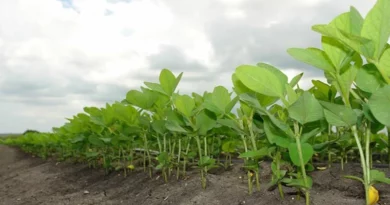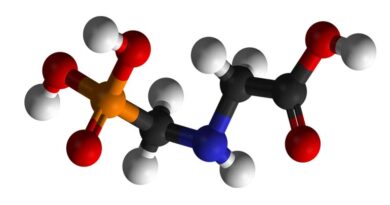Understand the Differences Between Yellow, White, and Bicolor Sweet Corn
22 May 2024, US: Everyone is familiar with yellow corn, but what do you know about white (glacial) or bicolor varieties? While bicolor or white sweet corn might be common in some countries, such as the U.S., it’s still a new phenomenon in others. But what’s the difference?
Color doesn’t influence taste; genetics control the eating experience. The color produced is influenced by the location-specific to what consumers demand. Color differences are produced through traditional breeding techniques, and don’t necessarily mean a product is genetically modified.
Yellow Sweetcorn-Compared to field corn used for animal feed, ethanol, and other uses, yellow sweetcorn contains higher sugar (brix). It’s harvested earlier as well, meaning only tender and juicy kernels are consumed. Available in SuperSweet and TripleSweet varieties.
White Sweetcorn-Popular in Mexico and the U.S., used for both fresh use and for processing. White kernels are a recessive gene, so these fields must be isolated from yellow sweetcorn and field corn to avoid cross pollination. Available in SuperSweet and TripleSweet varieties.
Bicolor Sweetcorn-Popular in the U.S., the dual color is created by crossing white corn and yellow parental lines in the same field, resulting in multi-colored ears. The resulting hybrids are heterozygous, which means there is one copy of the yellow gene and one copy of the white gene. The yellow color is dominant, so about 75% of the kernels will be yellow, with the remaining 25% white. This process to create multi-colored ears does not use any non-traditional breeding techniques, just cross pollination in fields to create the final product. Bicolor is available in SuperSweet and TripleSweet varieties.
Genetics Combined with Expert Insights Enables Season-Long Success
A successful season starts with seed that contains strong agronomic defenses to achieve consistent yield and crop quality potentials, despite new disease and pest pressures. In addition, our experts work alongside growers to answer questions, explain field setup to enable the highest success rates for bi-color corn, and more.
“When a grower plants corn in the field, they want to know it will be a consistent stand,” said Ilene Jones, Syngenta Sweet Corn Breeding Team Lead. “They want a healthy plant, which might mean disease resistance, strong stalks, etc. They need a crop that matures at the same time, so harvest is consistent.
Developing multi-purpose genetics begins with global breeding and trial programs, using researchers’ experience and their keen attention to detail. The result delivers growers seed with consistent performance and adaptability.
As we find ways to work through adverse conditions our researchers are developing genetic solutions, such as glyphosate tolerance and disease resistance, to offer powerful protection. In addition, local trials help our experts know how to place hybrids so growers are planting the products best suited to their climates and management styles.
High Quality, Authentic Syngenta Sweet Corn Seed
From the field to the bag, Syngenta quality control experts go beyond just assessing the routine mechanical damage and physical seed health. Investments in state-of-the art color sorting technology, using RGB and lasers, help protect grower investments in seed by only allowing the highest quality seed to make it into a bag. Advanced color sorting can even identify color changes caused by disease and fungus.
“We evaluate to ensure that every seed batch meets Syngenta’s stringent quality specifications,” said Casey Young, Syngenta Regional Processing Manager. “If it doesn’t meet standards, we discard that seed and we research what happened to correct and improve for next year.”
Our teams are dedicated to delivering growers with high-quality seeds developed through agronomic excellence and rigorous quality assurance. We understand that robust genetics and investments in quality checks result in a delicious, sweet, and soft ear of corn consumers will crave.
(For Latest Agriculture News & Updates, follow Krishak Jagat on Google News)















